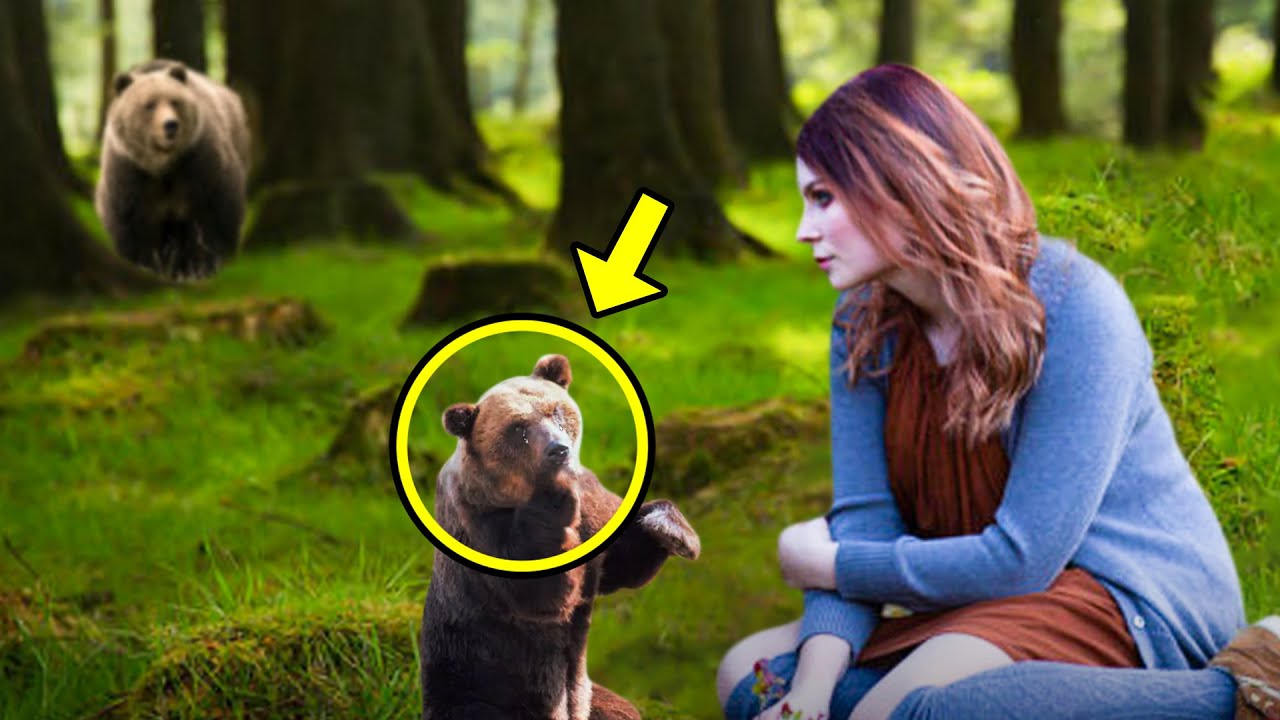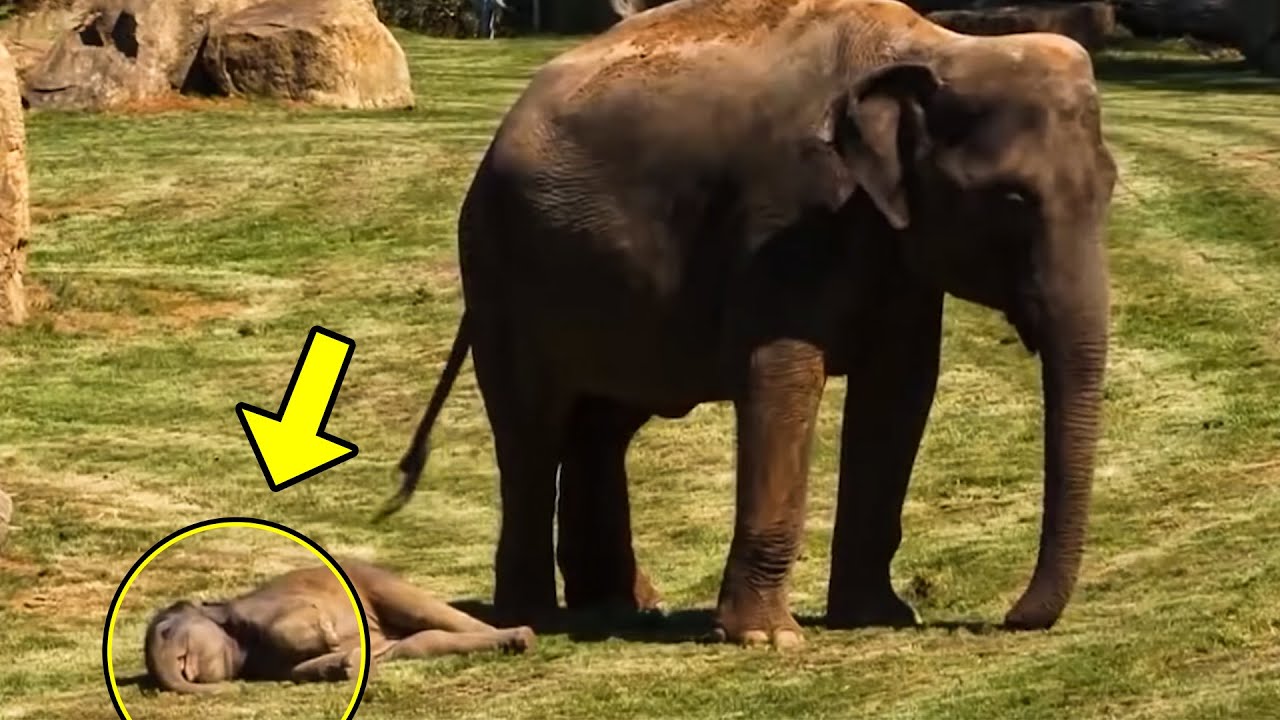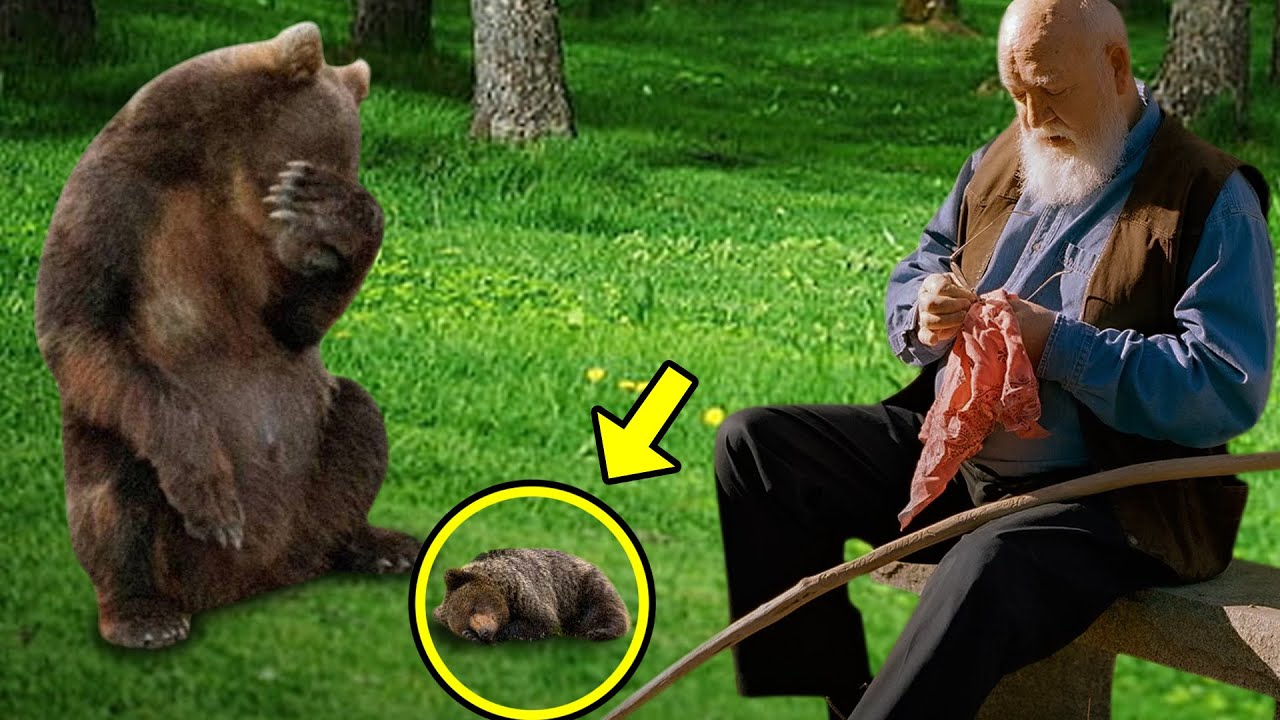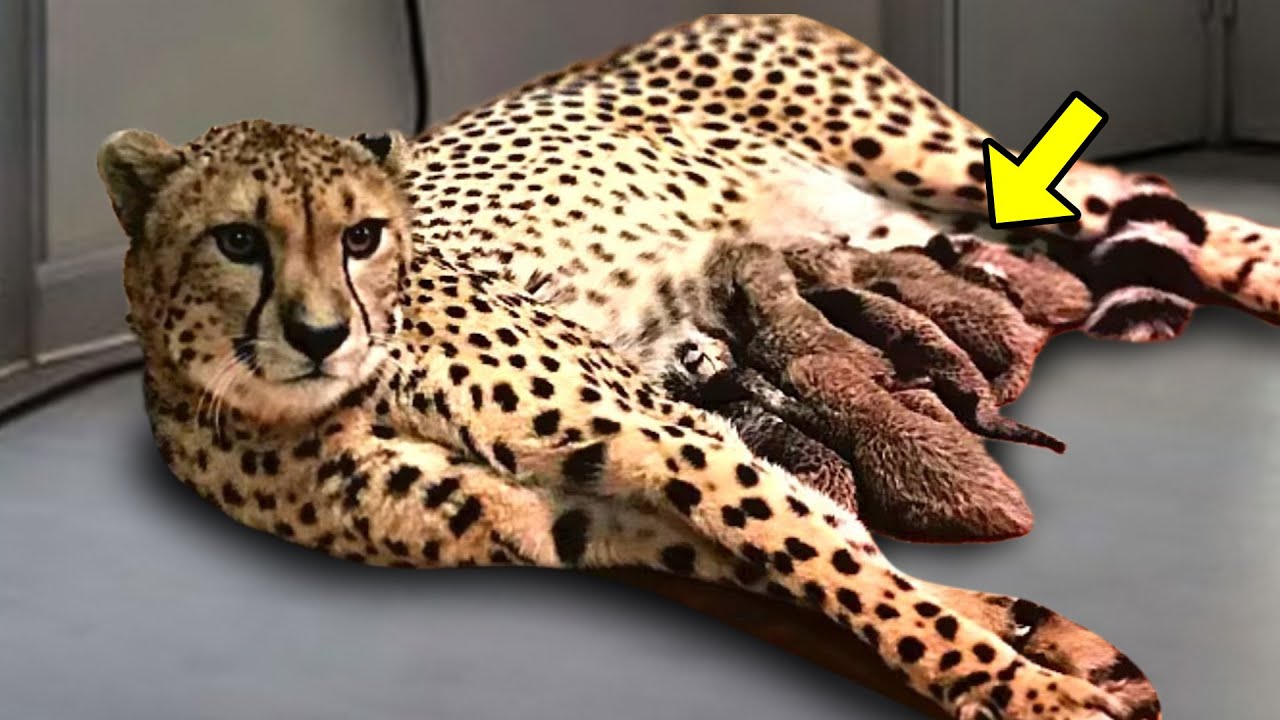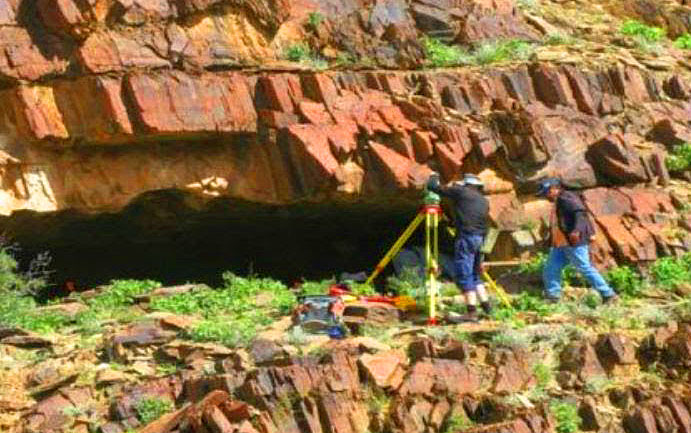
image via – youtube.com
When you have to use the bathroom, it’s always best to take care of business and go as soon as possible. It’s the most comfortable thing you can do and also good for your health. When Clifford Coulthard, an elder member of the indigenous Adnyamathanha people, was out surveying in a remote area of Australia, he suddenly felt the urge to go.
Being that he was in the middle of nowhere, he simply found a little area where he could relieve himself in private. Little did he know that he was about to stumble onto something amazing that would end up changing Australian history forever.
Clifford had been surveying a mountainous interior region in southern Australia called the Flinders Ranges along with Giles Hamm, an archaeologist. They’d been driving along a rough, dusty road and had pulled over so Clifford could use the bathroom. He walked off and up a creek bed into a gorge where he spotted a natural spring which was surrounded by ancient rock art.
Amazed, he called Hamm over and after looking around they saw a cave set in a cliff some 65 feet above the creek. The smoke blackened roof of the cave is what initially drew their attention and they immediately recognized it as being caused by human activity. Today the cave is known as Warratyi, and it’s one of the most important discoveries in Australian pre-history.
At first Hamm assumed that the cave had been used by humans for maybe 5,000 years or so. When he returned to excavate it alongside local Adnyamathanha people between 2011 and 2014, he was looking for artifacts and to properly date the site.
They dug three foot holes and trenches and carefully sifted through the dirt. By the time they finished the painstaking work, they had recovered about 4,300 artifacts including bone needles, stone tools and emu eggs. They also found 200 pieces of bone from 16 different animals and one reptile.
From these findings, researchers were able to date the site. They used carbon dating on organic materials and to determine the age of quartz particles they measured luminescence.
When the results came back everyone was astounded, they showed that the cave had been used by humans 49,000 years ago! In comparison, all other evidence found in Australia’s interior only dated back about 38,000 years ago, so this new finding was over 10,000 years earlier!
There were other implications that the site had on the understanding of early Australian history. Prior to the discovery, researchers believed that the first humans arrived on the northern coast of Australia 50,000 years ago.
They assumed that these people stayed primarily on the coast and didn’t venture into the rugged interior until thousands of years later. However, the cave and artifacts showed that they had actually gone into the interior much earlier than that and it must have been shortly after they arrived.
As for the bone needles and other tools found, they implicated that the early Australians had mastered technologies sooner than thought.
Hafted axes were dated and found to be 38,000 years old while stone tools with wooden handles were 24,000 years old and the bone needles were 40,000 years old. All of these ages preceded any previously known dates and so early Australians were far more advanced than anyone had assumed.
None of these things would have been discovered if not for Clifford having to go to the bathroom on that fateful day back in 2011. He ended up making one of the most important discoveries in Australian history and now has one heck of a story to tell!
Watch the video below for the full story:
Please SHARE This With Family and Friends


